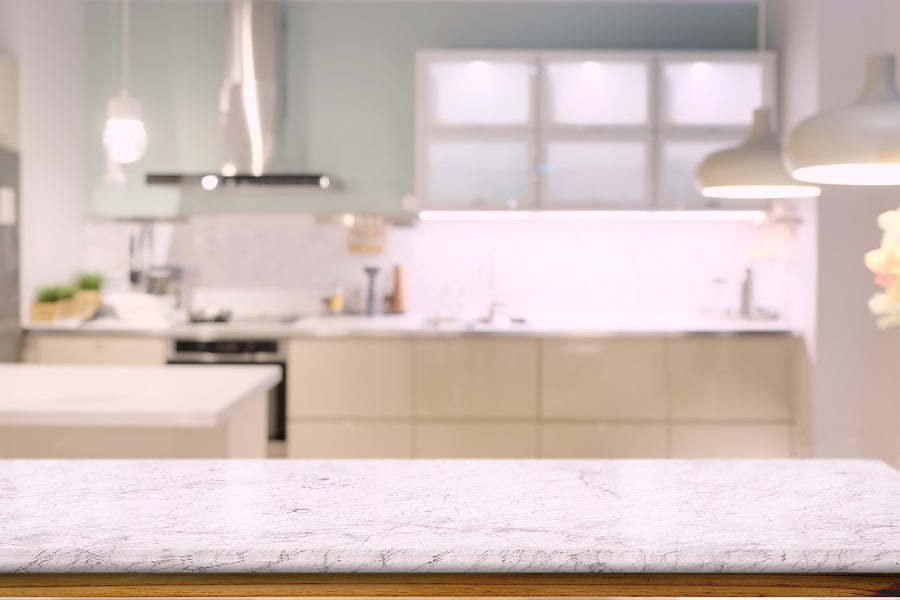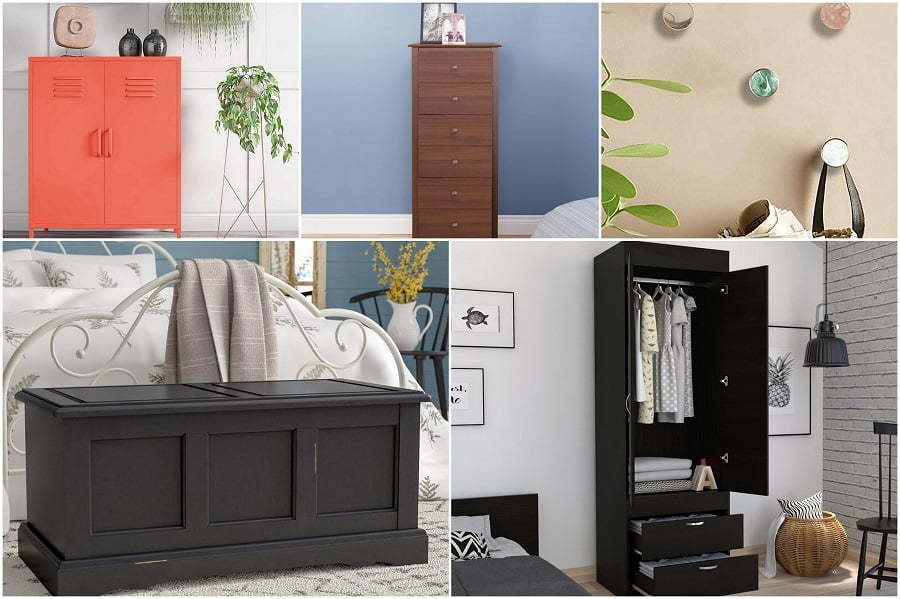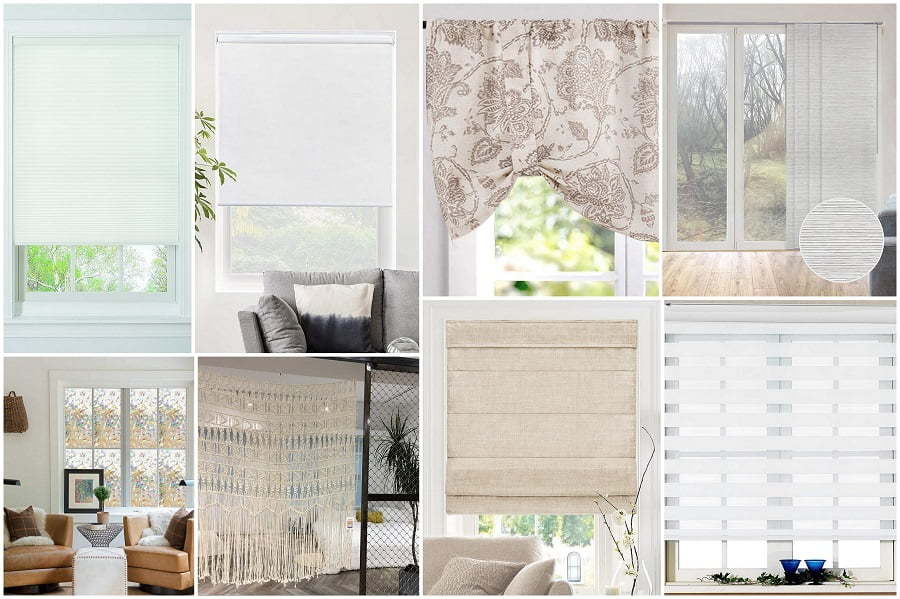Last updated on
Revamp your space and get creative with these radiator alternatives that are cost-effective, stylish, and boast unique advantages!
Radiators can be an eyesore in any room. They are functional, but they often clash with the decor and take up valuable space.
Luckily, there are plenty of alternatives to traditional radiators that can add style and function to your home without breaking the bank. In this article, I’ll share 15 creative ideas for radiator alternatives and weigh their advantages and disadvantages so you can choose the best option for your space.
From stylish wall panels to clever storage solutions, these ideas will help you transform your space while keeping it cozy and warm all year round. So let’s dive in!
Electric Heaters
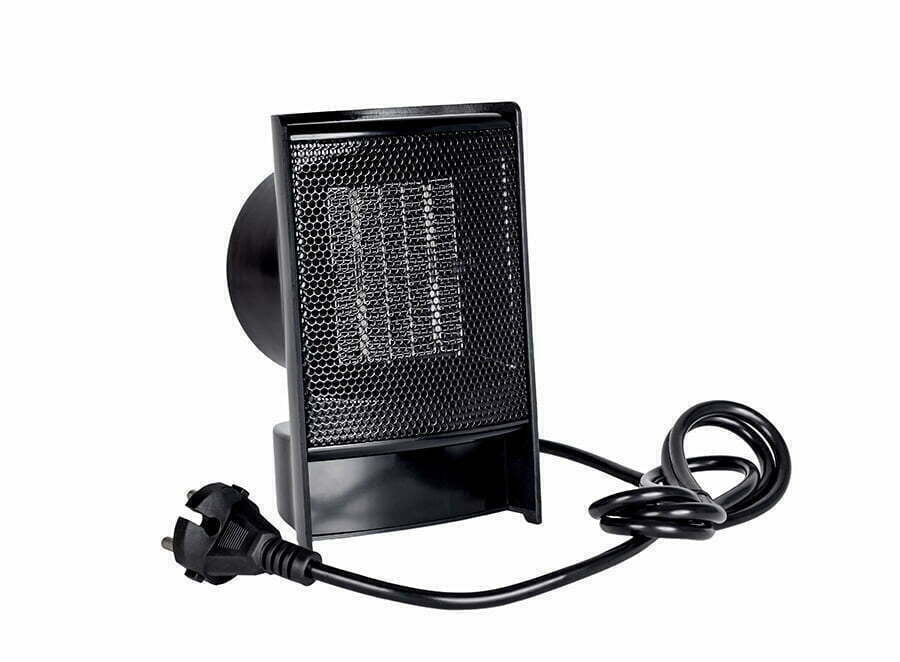
Electric heaters are a popular alternative to traditional radiators. They come in various sizes and styles, making them easy to incorporate into any room’s decor.
One of the main advantages of electric heaters is that they can be easily moved from one room to another, providing heat where it’s needed most. They don’t require any installation or plumbing work like traditional radiators do.
However, there are also some disadvantages to consider when using electric heaters as an alternative radiator option. Firstly, they tend to be less energy-efficient than other heating options such as gas or oil-fired boilers which could lead you with higher electricity bills if used frequently for long periods of time.
Secondly, while portable models may seem convenient at first glance but their mobility means that cords and wires will need managing carefully so as not become a tripping hazard.
Overall though if you’re looking for an affordable way to heat your home without having the expense of installing new pipework then electric heaters might just be what you need!
Infrared Panels
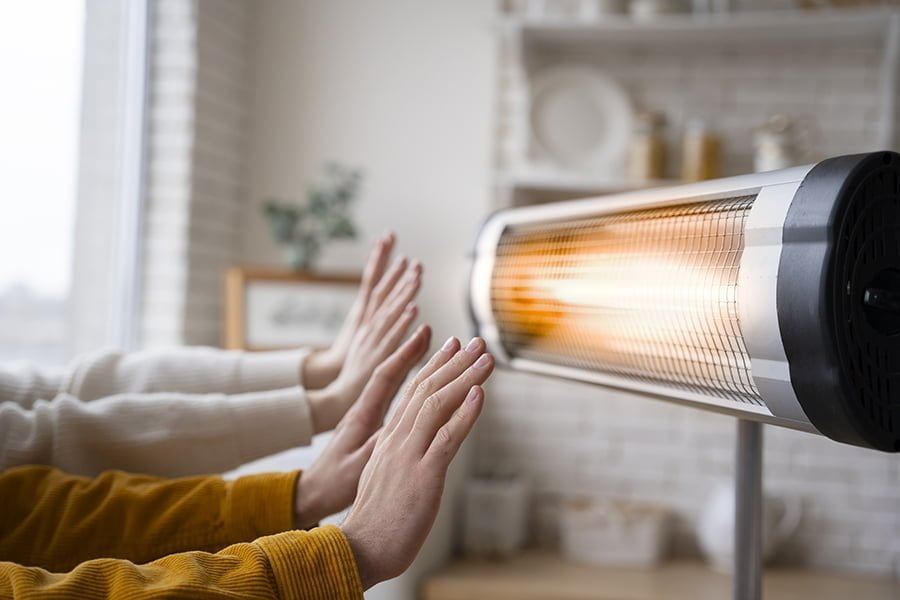
Infrared panels are a modern and energy-efficient alternative to traditional radiators. They work by emitting infrared radiation, which heats up objects in the room rather than just the air.
This means that they can provide a more even and comfortable heat distribution throughout the space.
One advantage of infrared panels is their sleek design, which makes them easy to integrate into any decor style without taking up too much space. They do not require any plumbing or installation costs since they can be mounted on walls like pictures or mirrors.
However, one disadvantage of infrared panels is that they may take longer to warm up compared to traditional radiators. Also, since they only heat objects in their line of sight rather than circulating hot air around the room like conventional heaters do; you may need multiple units for larger spaces.
Overall though if you’re looking for an efficient heating solution with minimal maintenance requirements and low running costs then Infrared Panels could be worth considering as an alternative radiator option!
Underfloor Heating
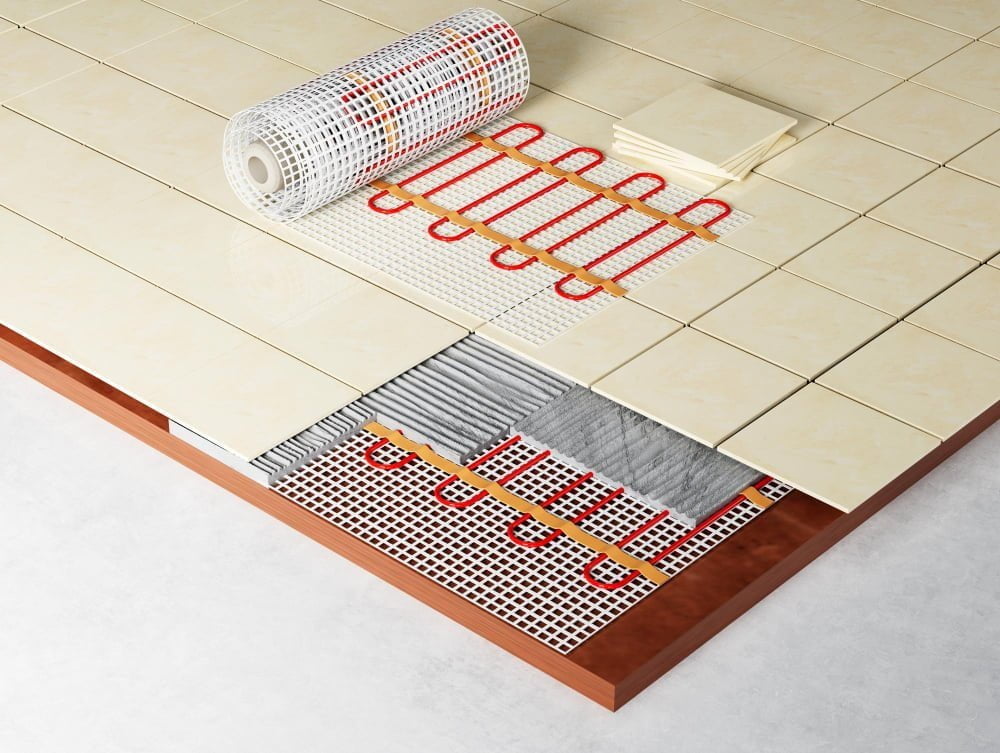
This type of heating system involves installing pipes or electric mats beneath the floor, which then radiate heat upwards into the room.
One advantage of underfloor heating is that it provides an even distribution of heat throughout the space, eliminating cold spots and drafts. Because it operates at lower temperatures than traditional radiators, underfloor heating can be more energy-efficient and cost-effective in the long run.
However, there are also some disadvantages to consider when choosing underfloor heating as your primary source of warmth. Installation costs can be higher than other options due to the need for specialized equipment and expertise.
It may also take longer for rooms to warm up compared with traditional radiator systems since heat must first penetrate through flooring materials before reaching occupants.
Heat Pumps
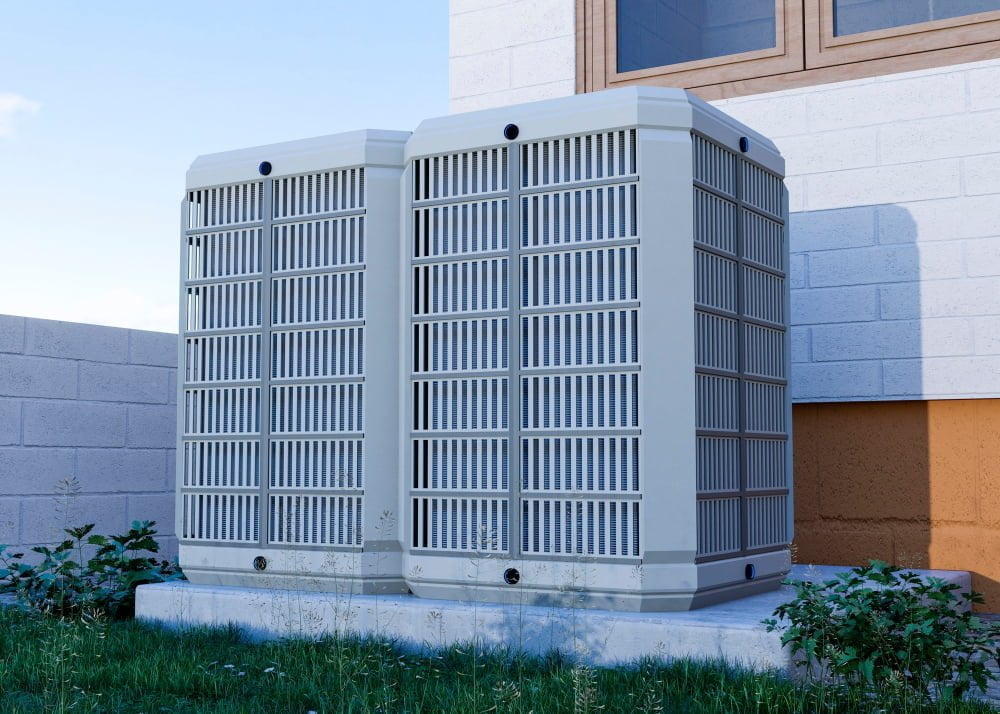
Heat pumps are a great alternative to traditional radiators, especially for those who want to save on energy bills. They work by extracting heat from the air or ground outside and transferring it into your home.
This means that they can provide both heating and cooling functions, making them versatile all-year-round solutions.
One of the main advantages of heat pumps is their efficiency – they use less electricity than other heating systems because they don’t generate heat themselves but rather move it around. Since there’s no combustion involved in their operation, there are no emissions or fumes released into your home.
However, one disadvantage of using a heat pump as an alternative radiator is that installation costs can be high compared to other options on this list. Also, if you live in an area with very cold winters where temperatures regularly drop below freezing point (0°C/32°F), then you may need additional backup heating sources as some models struggle at low temperatures.
Solar Thermal Systems
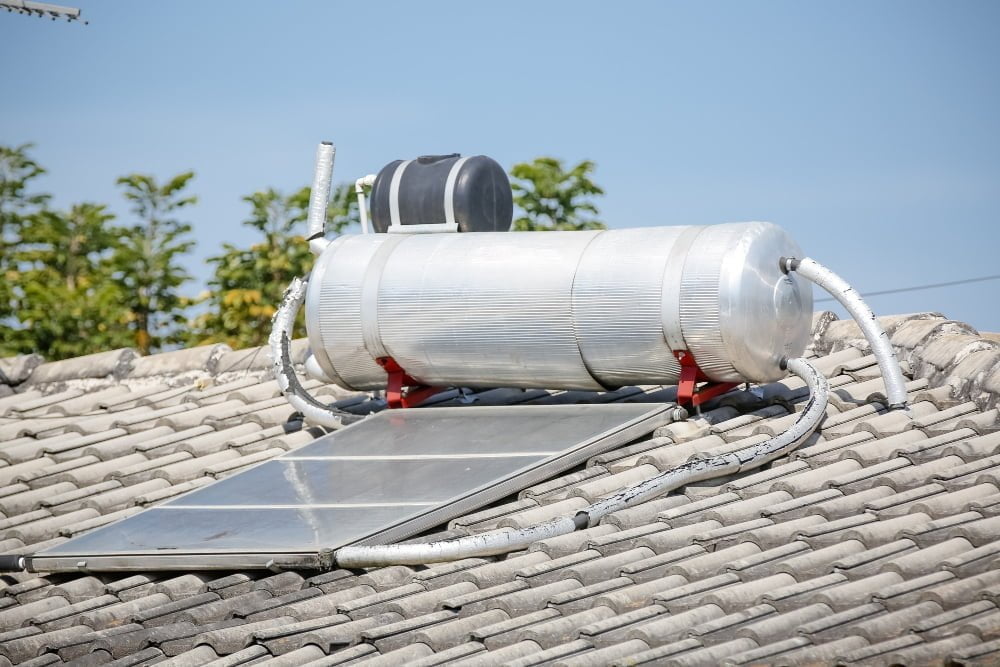
One alternative to traditional radiators is a solar thermal system. This type of heating system uses energy from the sun to heat water, which then circulates through pipes and radiators in your home.
The advantages of this system include its eco-friendliness and cost-effectiveness in the long run, as it relies on renewable energy sources rather than fossil fuels.
However, there are also some disadvantages to consider before investing in a solar thermal system. Firstly, it may not be suitable for all climates or locations with limited sunlight exposure.
Installation costs can be high upfront compared to other radiator alternatives.
Overall though, if you live in an area with ample sunlight and want an environmentally friendly heating option that will save you money over time – a solar thermal system could be worth considering as part of your home decor plan!
Wood Stoves
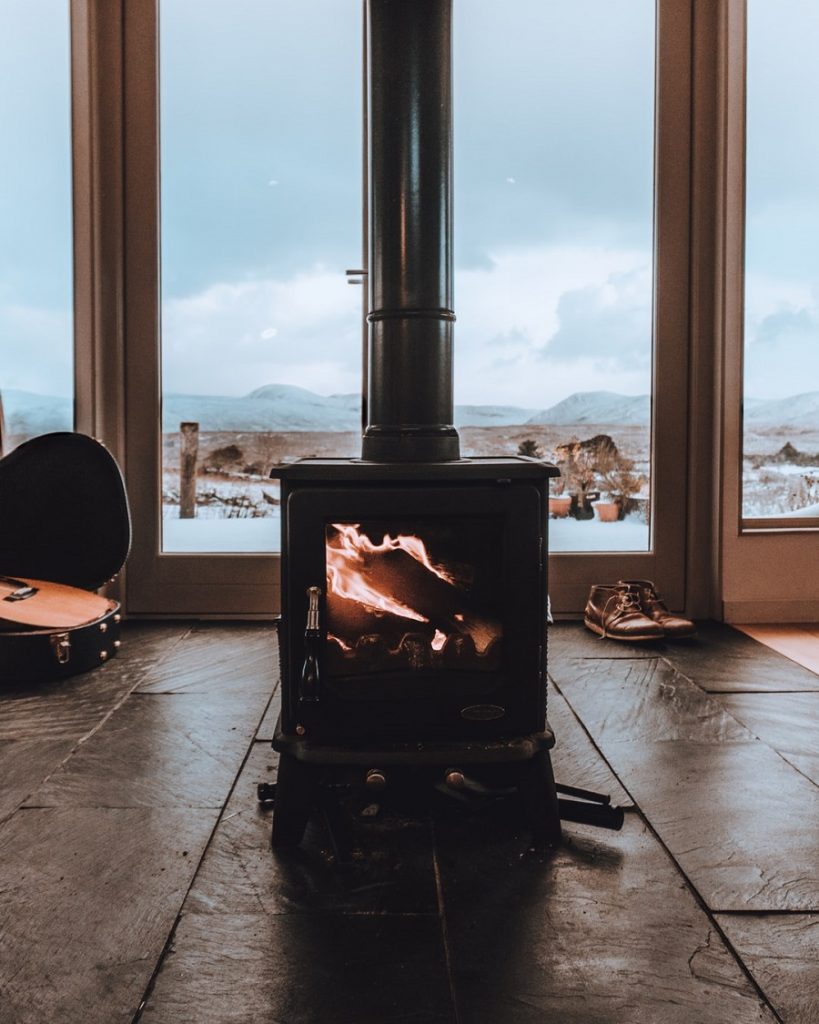
Wood stoves provide both heat and ambiance, making them an attractive option for those looking to create a warm and inviting atmosphere.
One advantage of wood stoves is that they can be used as the primary source of heat in smaller spaces, reducing the need for additional heating systems. However, they do require regular maintenance such as cleaning out ashes and chimney sweeping which can be time-consuming and messy.
Wood stoves may not be suitable for all homes due to fire safety concerns or local regulations on burning wood indoors. It’s important to weigh these factors before deciding if a wood stove is right for your home decor needs and budget constraints.
Geothermal Heating
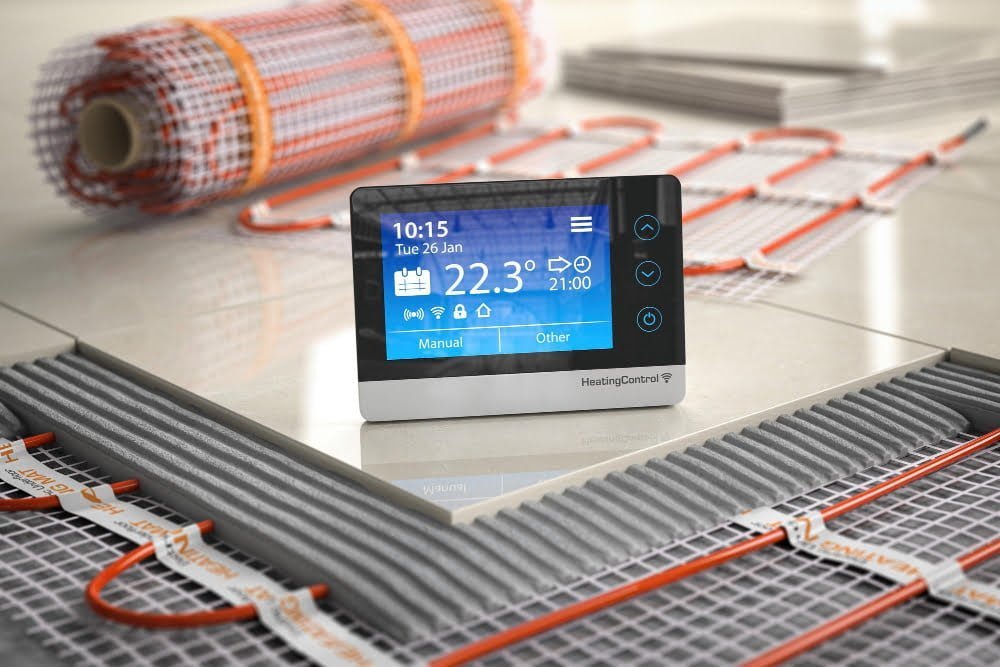
Geothermal heating is a unique and eco-friendly alternative to traditional radiators. This system uses the natural heat from the earth to warm up your home, making it an excellent choice for those who want to reduce their carbon footprint.
Geothermal heating works by using pipes buried underground that circulate water or refrigerant, which absorbs heat from the ground and transfers it into your home through a heat pump.
One of the significant advantages of geothermal heating is its energy efficiency. Since this system relies on renewable energy sources, you can save money on utility bills in the long run while reducing greenhouse gas emissions at the same time.
However, one disadvantage of geothermal heating is its high installation cost compared to other radiator alternatives. The initial investment may be steep due to excavation costs and specialized equipment needed for installation.
If you’re looking for an environmentally friendly way to keep your home warm during winter months with lower operating costs over time than traditional radiators offer – then geothermal might be worth considering!
Pellet Stoves
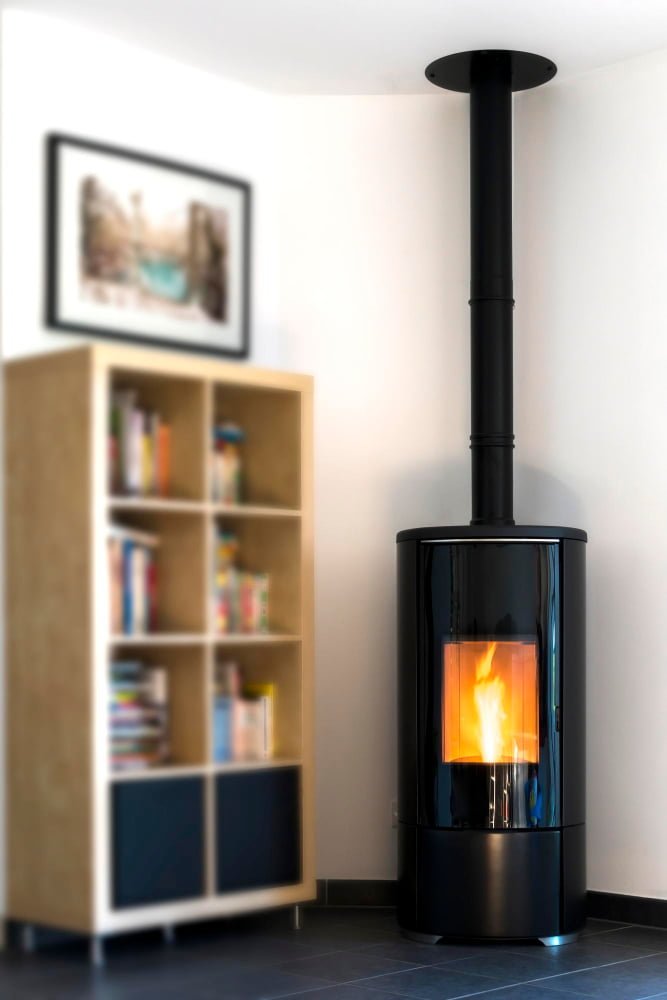
Pellet stoves are a great alternative to traditional radiators, especially for those who want to add a touch of rustic charm to their home decor. These stoves use compressed wood pellets as fuel and can heat up an entire room quickly and efficiently.
One advantage of pellet stoves is that they are eco-friendly since they burn renewable materials. They also produce less ash than traditional wood-burning stoves, making them easier to clean.
However, one disadvantage is that pellet stoves require electricity to operate the auger and fan which feed the pellets into the stove and distribute heat throughout the room. This means that if there’s a power outage during cold weather, you won’t be able to rely on your pellet stove for warmth.
If you’re looking for an affordable way to add warmth and style without breaking your budget or harming the environment too much – then consider investing in a Pellet Stove!
Gas Wall Heaters

Gas wall heaters work by burning natural gas or propane to produce heat, which is then distributed throughout the room via a fan.
One advantage of gas wall heaters is that they can be more energy-efficient than other heating options, as they only heat the rooms you need and don’t waste energy on unused spaces. They tend to be less expensive than electric heating systems in terms of monthly utility bills.
However, there are also some disadvantages to consider when it comes to gas wall heaters. For one thing, installation can be complicated and may require professional help due to safety concerns with handling natural gas or propane lines.
There’s also the potential for carbon monoxide leaks if not installed properly or maintained regularly.
Another consideration is aesthetics – while some people find them sleek and modern-looking (especially compared with bulky radiators), others may prefer something more decorative like a fireplace or wood stove instead.
Propane Space Heaters

Propane space heaters are a great alternative to radiators, especially for those who live in areas with extremely cold temperatures. These heaters use propane gas as fuel and can be easily moved from one room to another.
They come in various sizes and styles, including freestanding models or wall-mounted units.
One of the advantages of propane space heaters is that they provide instant heat without having to wait for the system to warm up like traditional radiators. They are energy-efficient and cost-effective compared to electric heating systems.
However, there are also some disadvantages associated with using propane space heaters. Firstly, they require proper ventilation since burning propane produces carbon monoxide which can be dangerous if not properly vented out of the room.
Secondly, refilling or replacing empty tanks may become an inconvenience over time.
Ductless Mini-splits

Ductless mini-splits are a great alternative to traditional radiators, especially for those who live in warmer climates. These systems consist of an outdoor unit and one or more indoor units that can be mounted on the wall or ceiling.
They work by transferring heat from the outside air into your home, providing both heating and cooling capabilities.
One advantage of ductless mini-splits is their energy efficiency. Because they don’t rely on ductwork to distribute air throughout your home, there’s less energy loss compared to central heating systems with ducts.
You can control each indoor unit separately using a remote control or smartphone app, allowing you to only heat the rooms that need it.
However, one disadvantage is their upfront cost – they tend to be more expensive than traditional radiators due to installation costs and equipment expenses. Some homeowners may not like the look of having multiple indoor units mounted on walls or ceilings throughout their home.
Hydronic Baseboard Units
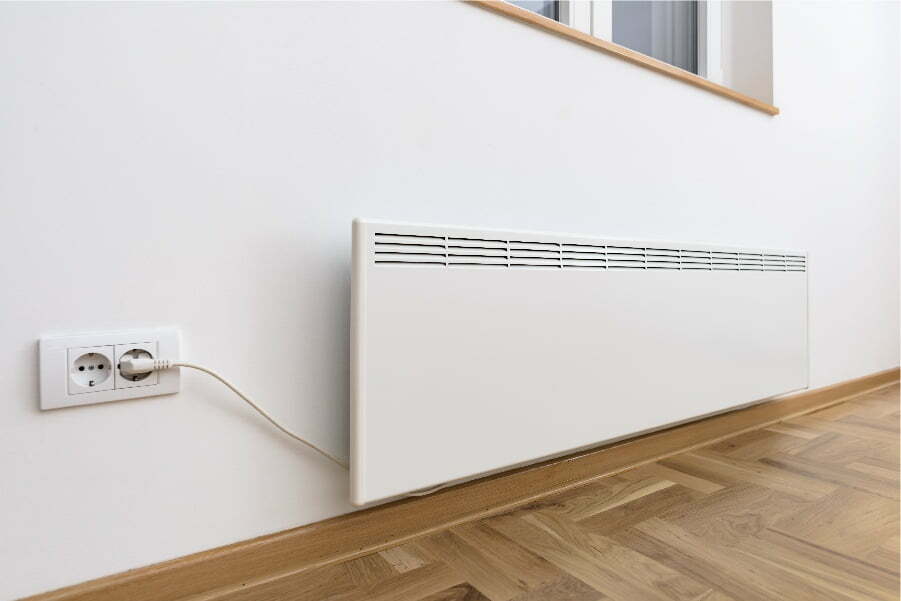
Hydronic baseboard units use hot water or steam to heat the room, and they are installed along the baseboards of walls.
One advantage of hydronic baseboard units is that they provide more even heating throughout the room compared to traditional radiators, which can create hot spots near them and cooler areas farther away.
Another advantage is that hydronic baseboard units are often less expensive than other types of heating systems because they require fewer materials for installation. However, one disadvantage is that these systems can take longer to warm up a room since it takes time for the water or steam in them to reach optimal temperature.
Hydronic baseboard units may not be suitable for homes with small children or pets as their surfaces can become very hot when in use. It’s important also note that these systems require regular maintenance such as bleeding air from pipes and checking pressure levels.
If you’re looking for an affordable alternative option with even heat distribution capabilities then consider installing a hydronic unit on your home’s wall!
Fan Coil Units
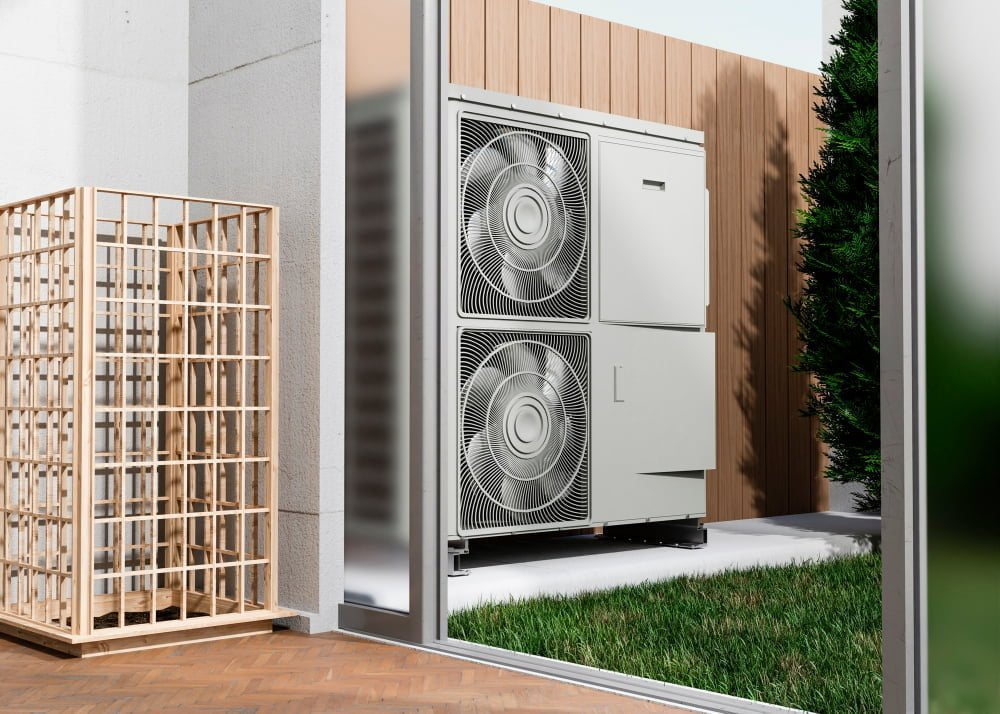
Fan coil units consist of a fan that blows air over a heat exchanger, which is connected to the central heating system.
The warm air is then circulated around the room, providing an even and comfortable temperature.
One advantage of fan coil units is their versatility in terms of installation options. They can be mounted on walls or ceilings, or even concealed within furniture such as cabinets or bookshelves.
This makes them ideal for smaller spaces where traditional radiators may take up too much valuable floor space.
However, one disadvantage of fan coil units is that they require regular maintenance to ensure optimal performance and prevent dust buildup within the unit itself. They may not provide as much heat output as larger radiators in larger rooms with high ceilings.
Overall though, if you’re looking for an alternative way to distribute warmth throughout your home without sacrificing style and functionality – consider incorporating fan coil units into your decor plan!
Radiant Ceiling Panels

Radiant ceiling panels panels are installed on the ceiling, providing heat that is evenly distributed throughout the room.
One of the main advantages of radiant ceiling panels is their energy efficiency, as they use less electricity than other heating systems. They also do not take up any floor space or wall space, making them ideal for smaller rooms or apartments.
However, one disadvantage of radiant ceiling panels is that they can be expensive to install initially compared to other heating options. If there are any issues with installation or maintenance required in the future it may be difficult and costly due to their location on the ceiling.
Despite these potential drawbacks though, many homeowners have found success with using radiant ceilings as an effective way to keep their homes warm during colder months while maintaining a sleek and modern look in their decor scheme.
Waste Oil Burners
Waste oil burners are a unique and eco-friendly alternative to traditional radiators. These burners use waste oil, such as used cooking oil or motor oil, to generate heat for your home.
The advantages of using waste oil burners include their low cost and environmental benefits. Since the fuel is essentially free, you can save money on heating costs while also reducing your carbon footprint by recycling waste products.
However, there are some disadvantages to consider before investing in a waste oil burner. First and foremost is safety concerns – improper installation or maintenance could lead to fire hazards or air pollution issues if not done correctly.
Finding a reliable source of clean used oils may be difficult depending on where you live.
If you’re willing to put in the effort for proper installation and maintenance while also being mindful about sourcing clean oils from reputable sources – then using a waste-oil burner could be an excellent way for budget-conscious homeowners looking for an eco-friendly alternative heating solution that’s both affordable and sustainable over time!
Recap

